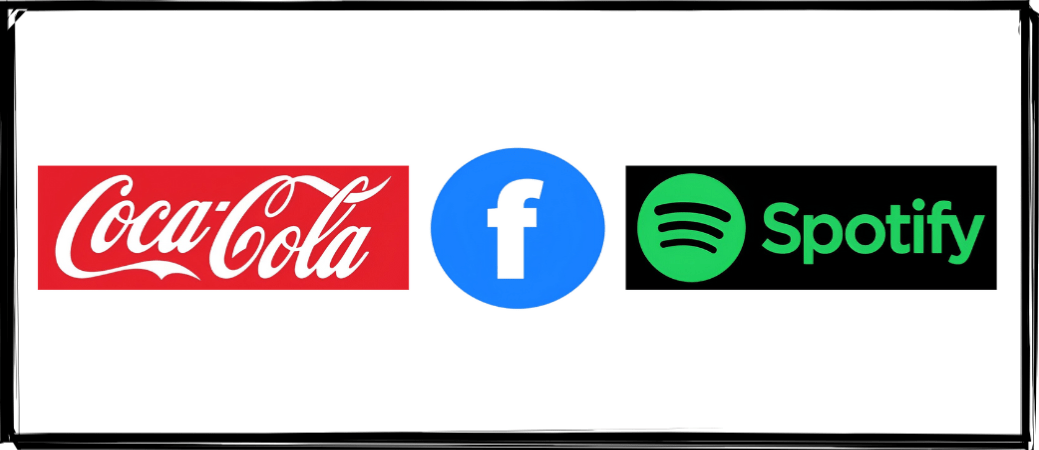Color Psychology in UI Design: How to Influence User Behavior
1. Introduction to Color Psychology in UI Design
Users perceptions and interactions with websites and applications are greatly influenced by color psychology. Understanding the psychological and emotional consequences of color allows UI designers to build interfaces that increase conversions, boost user engagement, and improve usability. Building a good user experience requires understanding how colors affect behavior, whether you’re designing for business, gaming, or e-commerce websites.

For more insights on delivering seamless user experiences across devices, explore this article–https://361degreesmarketing.com/how-to-create-a-seamless-user-experience-across-devices/
2. The Emotional Impact of Colors
Users experience different emotions in response to different colors. Here are a few common associations with colors:
- Red: Often used in call-to-actions like “Buy Now” or “Sign Up,” this color conveys excitement and urgency.
- Blue: It is a common color for corporate websites and financial apps because it evokes trust and serenity.
- Green: Linked to health and nature, it promotes balance and relaxation. Sites promoting health and well-being frequently use it.
- Yellow: Can be used sparingly to draw attention, but it also symbolizes happiness and positivity.
- Black: Often associated with high-end brands, black symbolizes sophistication and luxury.
You may effectively connect with your target audience and link your design with the objectives of your business by carefully choosing colors that create the proper feelings in them.
3. Using Color to Guide User Actions
Colors can have a major impact on how users go through your UI. Actionable components, like buttons or links, should stand out to encourage visitors to execute the intended activities. For example:
- Red or orange buttons are frequently used to emphasize crucial acts such as purchasing, while softer colors such as green or blue may be used for secondary actions.
- Contrast is essential for allowing users to clearly distinguish between clickable and static items. A bright-coloured button, for example, stands out against a neutral background.
The intentional use of color aids in guiding human behavior through the design in a natural manner, resulting in a smooth user experience.
4. Creating Brand Identity with Color Schemes
The colors you choose for your UI design are critical in establishing your brand’s identity. Well-known brands use color schemes that are easily identifiable and reflect their essential values. For example:
- Coca-Cola’s red represents energy and excitement.
- Facebook’s blue color promotes trust and community.
- Spotify’s green represents peace and innovation.

When developing a user interface, choose a color palette that is consistent with your brand identity and promotes your message. Consistent usage of brand colors throughout your UI increases user familiarity and trust.
5. Conclusion: Applying Color Psychology for Better User Experience
Understanding color psychology enables UI designers to make informed decisions that directly influence user behavior. By selecting the proper colors, you can direct users’ actions, strengthen emotional connections, and reinforce brand identification. Whether you want to enhance conversions, increase engagement, or simply improve the overall user experience, using color successfully is a valuable element in your design approach.
Consider working with 361 Degrees Marketing if you need experienced UI/UX design that uses color psychology to create impactful user experiences.
Start Your
Marketing
Journey with Us
Marketing
Journey with Us

Start Your
Marketing
Journey with Us
Marketing
Journey with Us- Written by: 361 Degrees Marketing Team
- Posted on: November 8, 2024
- Tags: 361degreesmarketing, UI/UX Design, User Interface

